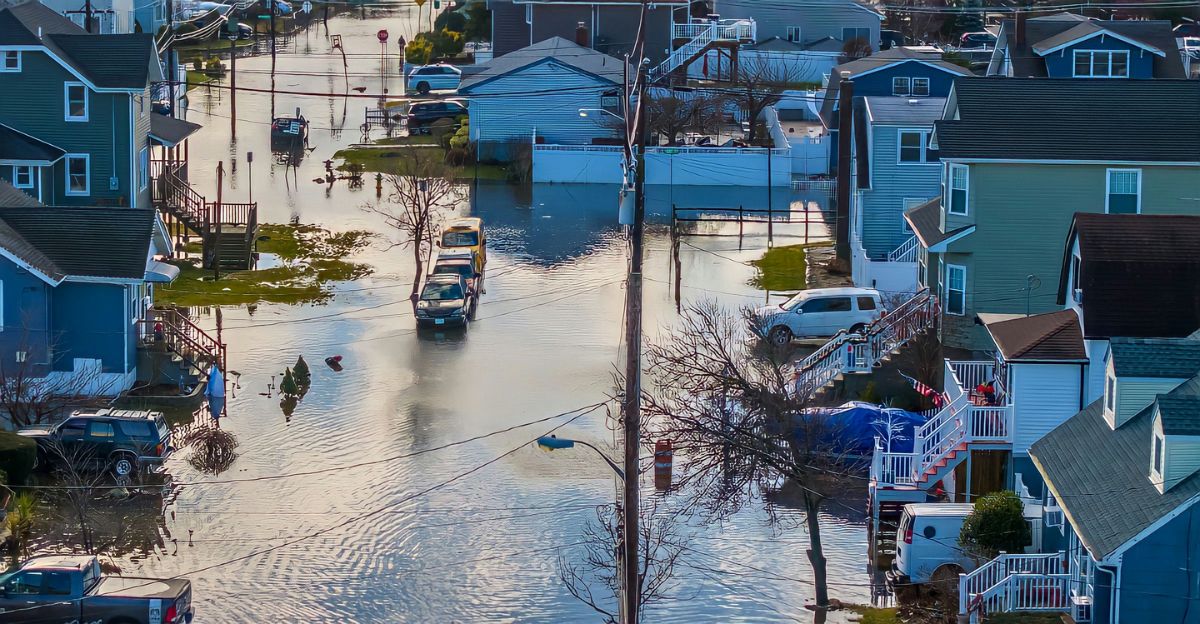
Imagine waking up to find your city slowly descending, no dramatic earthquakes, just a steady, silent sink. This unsettling scenario is unfolding in several U.S. coastal cities, where land subsidence is accelerating, compounding the threats posed by rising sea levels.
Recent studies reveal that areas like San Francisco, Los Angeles, and parts of the East Coast are sinking at alarming rates, sometimes outpacing the rise of the oceans themselves. This dual threat intensifies the risk of flooding, endangering infrastructure and communities.
Understanding the causes and implications of this phenomenon is crucial. Let’s delve into the factors contributing to this hidden crisis and explore potential solutions.
California’s Coastal Conundrum
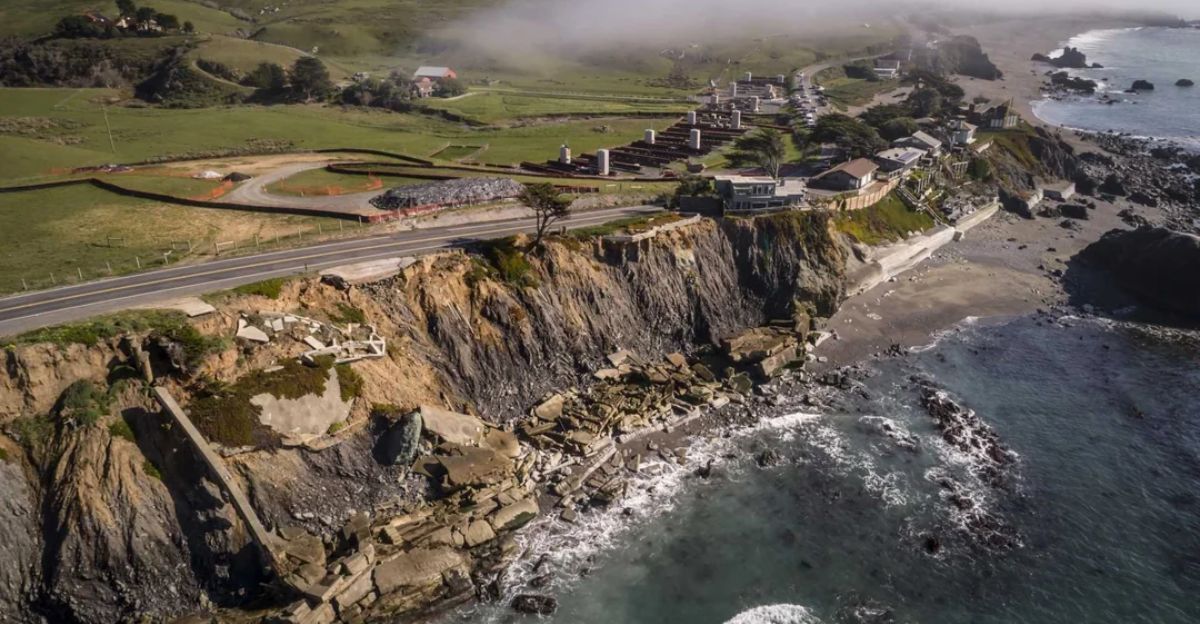
California’s picturesque coastline is facing an invisible adversary. A NASA-led study has identified significant land subsidence in areas like San Rafael, Corte Madera, and Foster City, with some regions sinking more than 0.4 inches annually.
This sinking exacerbates the effects of sea-level rise, making these communities more susceptible to flooding. The combination of natural geological processes and human activities, such as groundwater extraction, accelerates this downward trend.
Addressing this issue requires a multifaceted approach, including sustainable water management and infrastructure adaptation.
The East Coast’s Subtle Descent

The East Coast isn’t immune to this phenomenon. Cities like New York, Baltimore, and Charleston are experiencing land subsidence, with Charleston sinking at a rate of 4 millimeters per year.
Factors contributing to this include groundwater extraction, natural gas removal, and the sheer weight of urban infrastructure pressing into soft ground. This gradual descent increases vulnerability to flooding, especially during storm surges and high tides.
Mitigation efforts must focus on reducing extraction activities and reinforcing infrastructure to withstand these changes.
The Weight of Urbanization
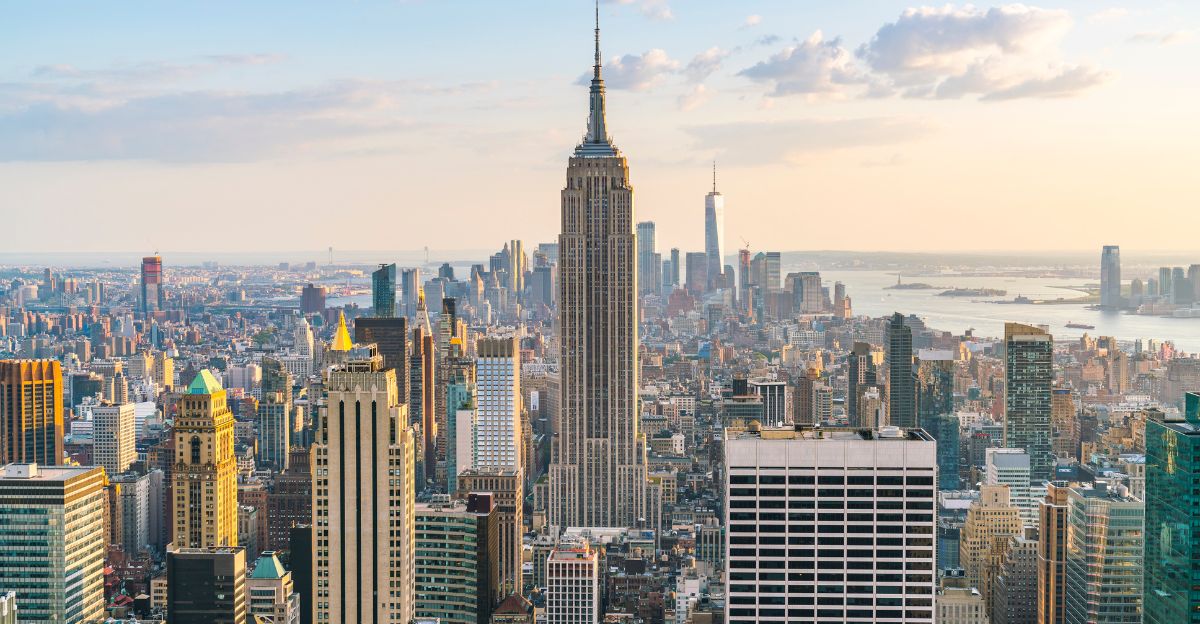
Urban development plays a significant role in land subsidence. The construction of heavy buildings on compressible soils leads to gradual sinking. In New York City, for instance, the immense weight of skyscrapers contributes to the city’s slow descent.
This issue isn’t isolated to New York; many rapidly urbanizing areas face similar challenges. Balancing development with geological considerations is essential to prevent exacerbating subsidence.
Urban planners must integrate geotechnical assessments into development projects to ensure long-term stability.
The Gulf Coast’s Sinking Dilemma
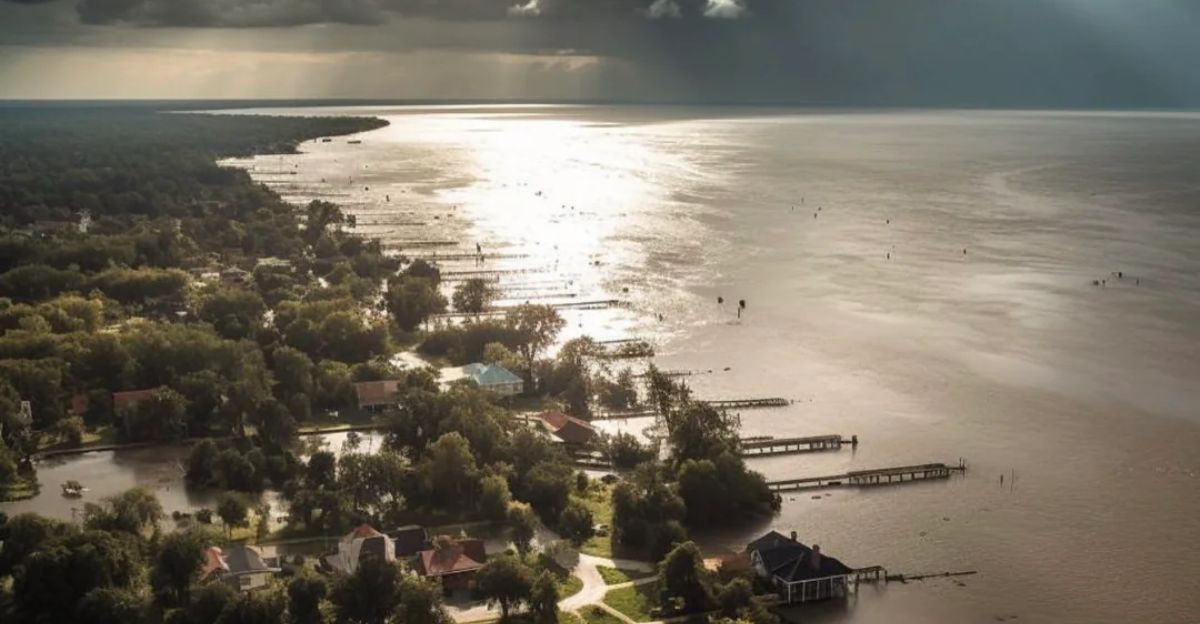
The Gulf Coast, particularly areas like Houston and New Orleans, is grappling with significant land subsidence. In Houston, subsidence rates reach up to 2.5 feet per century, intensifying the impact of storm surges and flooding.
New Orleans faces similar challenges, with subsidence compounded by the city’s location below sea level and its reliance on levee systems. These factors make the region highly susceptible to flooding, especially during hurricanes.
Comprehensive water management and infrastructure reinforcement are critical to safeguarding these communities.
The Cascadia Subduction Zone Threat
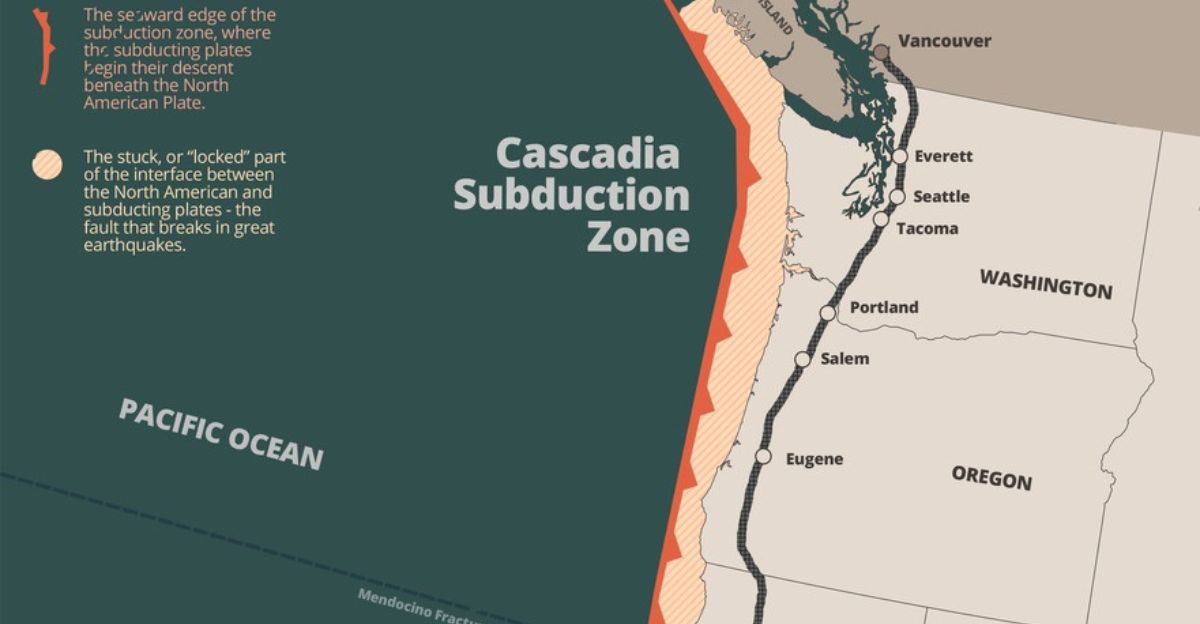
The Pacific Northwest faces a unique risk from the Cascadia Subduction Zone. A major earthquake along this fault could cause coastal land to sink by up to 6 feet instantly, drastically increasing flood exposure.
Such an event would have long-term implications, permanently altering the landscape and exacerbating the effects of sea-level rise. Critical infrastructure, including highways and wastewater facilities, would be at heightened risk.
Preparedness plans must account for this potential, emphasizing resilient infrastructure and emergency response strategies.
The Role of Groundwater Extraction
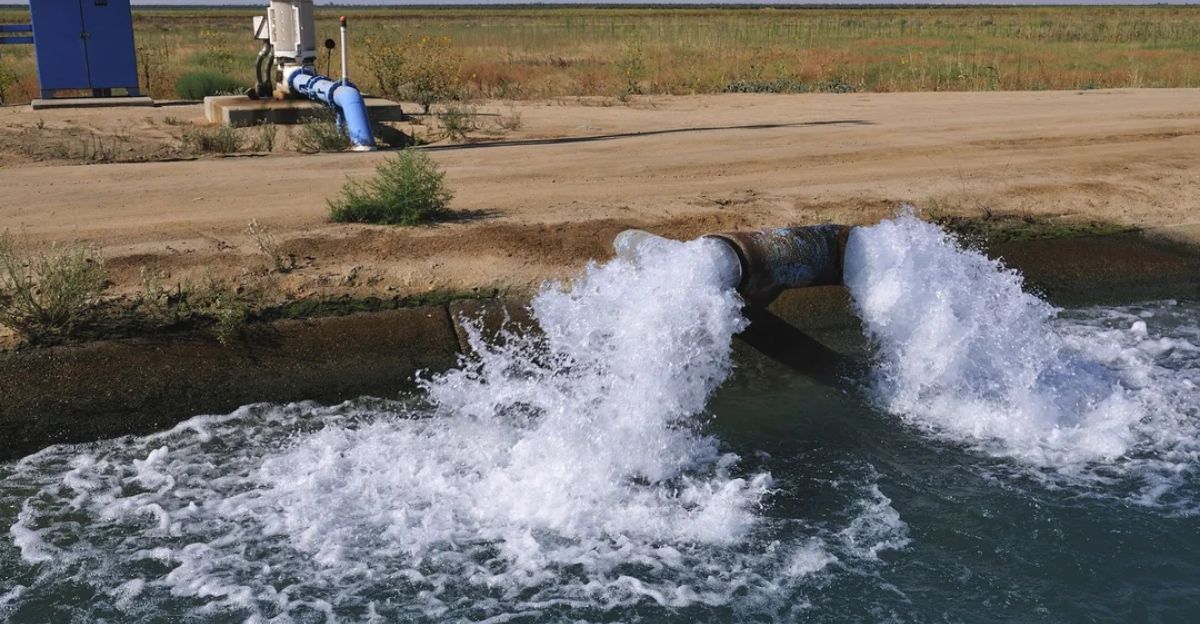
Excessive groundwater extraction is a significant driver of land subsidence. Removing large volumes of water from underground aquifers causes the land above to compress and sink.
This practice is prevalent in agricultural regions and urban areas alike, leading to widespread subsidence issues. Implementing sustainable water management practices is essential to mitigate this effect.
Policies promoting water conservation and alternative sources can help reduce reliance on groundwater extraction.
Infrastructure at Risk
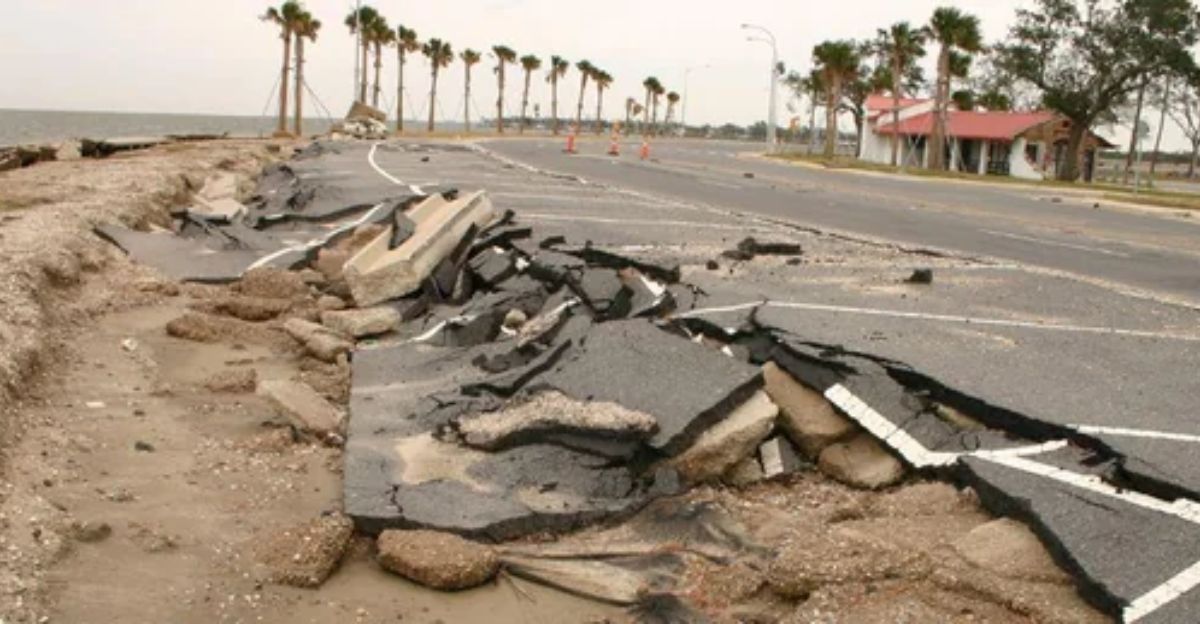
Subsidence poses a direct threat to infrastructure. As land sinks, roads, bridges, and buildings can experience structural damage, leading to costly repairs and potential safety hazards.
Flood control systems, such as levees and drainage networks, may become less effective, increasing the risk of flooding. Regular monitoring and maintenance are crucial to ensure infrastructure resilience.
Investing in adaptive infrastructure designs can help accommodate ground movement and maintain functionality.
Community Impacts
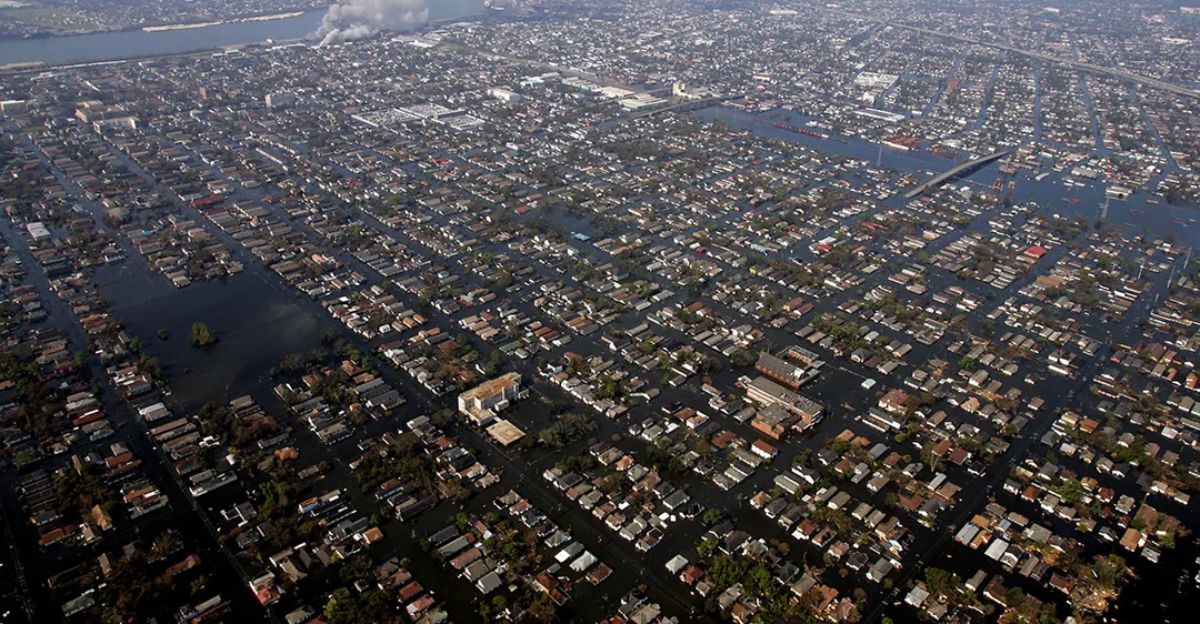
Communities in sinking areas face numerous challenges, including increased flood insurance costs, property devaluation, and displacement risks. Low-income populations are particularly vulnerable, often lacking resources to adapt or relocate.
Public awareness campaigns and community engagement are vital to address these issues. Equitable adaptation strategies must prioritize the needs of the most affected populations.
Collaborative efforts between governments, NGOs, and residents can foster resilient communities.
Navigating the Path Forward
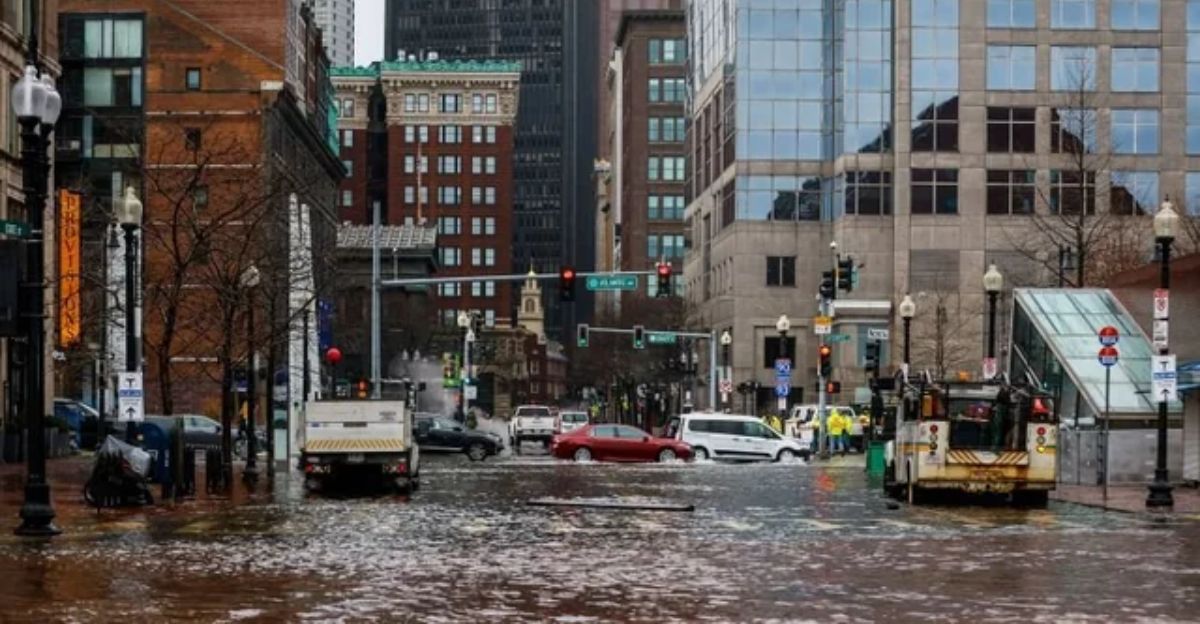
The reality of sinking cities is no longer a distant threat. It is happening now, and without serious intervention, the consequences could reshape coastal life as we know it. The combination of land subsidence and rising sea levels presents a compounded risk that demands attention beyond climate policy, it needs immediate, ground-level action.
Solutions must be layered and long-term. That includes reducing groundwater extraction, designing infrastructure that can flex with the land, and incorporating geological risks into every stage of urban planning. The science is clear; the urgency is real.
Equally important is community involvement. Residents need access to information, funding, and a seat at the table in conversations that directly affect their futures. Climate adaptation is not just a technical fix, it’s a collective one.
Explore more of our trending stories and hit Follow to keep them coming to your feed!

Don’t miss out on more stories like this! Hit the Follow button at the top of this article to stay updated with the latest news. Share your thoughts in the comments—we’d love to hear from you!







